-
Seed Shop
-
Top 10’s
- Top 10 Feminized Seeds USA
- Top 10 Autoflower Seeds USA
- Top 10 CBD Seeds USA
- Top 10 Zamnesia Seeds
-
Favourites
- Beginner Strains
- Below 1% THC
- Classic Cannabis Strains
- Cup Winners
- F1 Hybrids
- Fast-Flowering Strains
- High THC Seeds
- Mix Packs
- Zamnesia Exclusive Collabs
-
-
THCa Shop
-
Kratom Shop
-
Smoke Shop
-
Smartshop
-
Shroom Shop
-
Growshop
-
Seed Shop
All CategoriesSeed Shop
-
TRIBE
All CategoriesTRIBE
- My Membership
- Spend Gift Points
- Exclusive products
- Earn Extra Gift Points
-
TRIBE
- Early Access
- Refer a Friend
- Information
-
TRIBE
-
Language
 United States
United States
Monday, 21 April and Friday, 25 April 2025*
Voacanga Africana: Everything You Need To Know
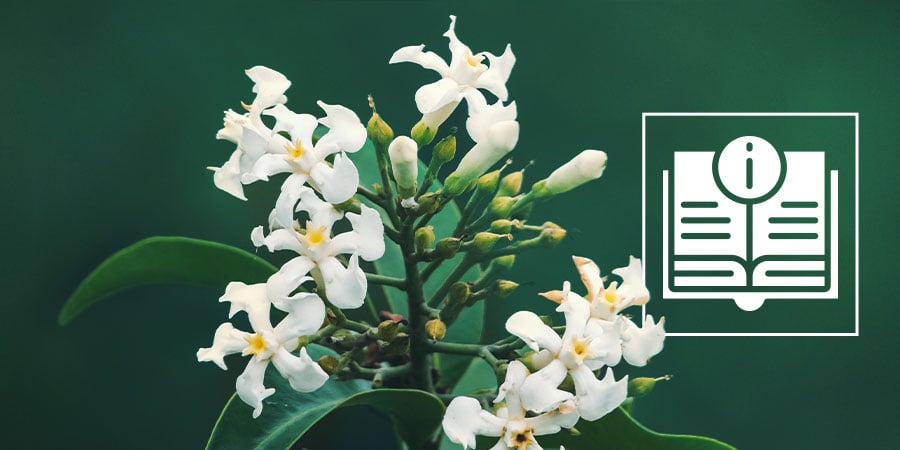
Voacanga africana is a curious plant. Not so interesting at first sight, it has recently taken the mainstage among psychonauts for its alleged hallucinogenic properties.
Not much info is available on Voacanga africana's effects or its use in West African rituals and ceremonies. In this article, we will explore the information at our disposal, diving deeper into the properties of this elusive plant. Moreover, we’ll look into how Voacanga africana can be used to catalyse a psychedelic trip, and how to grow your own!
Let’s finally lift the curtain on Voacanga africana!
WHAT IS VOACANGA AFRICANA?
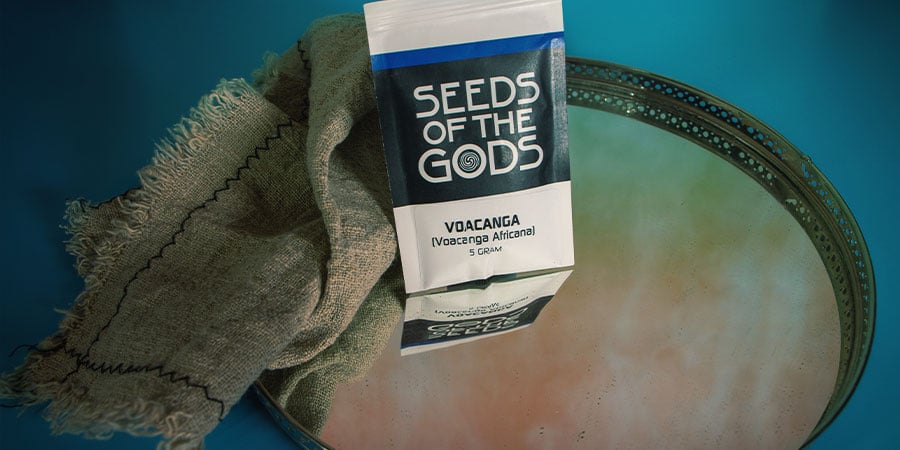
Voacanga africana is a small tree native to the rich and moist soils of the tropical and subtropical forests of West Africa. At first sight, you would mistake it for just another ornamental plant in your mom’s garden. Growing up to 6m in height, its leaves are long, lush ovals and its flowers are like little snowflakes, white or yellow depending on the specimen. The fruits resemble large, freckled field beans that, once ripe, open up into two halves. Animals then feed upon the yellow pulp, ultimately allowing the plant species to spread it seeds.
Since its discovery in 1894, Voacanga africana was considered merely a simple tropical shrub all the way up until WWII. .
It’s only recently that psychonauts have taken it upon themselves to unveil the psychedelic potential of Voacanga africana. Rumours spread across the internet about faraway places where its bark, roots, and seeds were used by local people as a poison, aphrodisiac, stimulant, and even ceremonial psychedelic. Is there any truth to these rumours?
THE CHEMISTRY OF VOACANGA AFRICANA
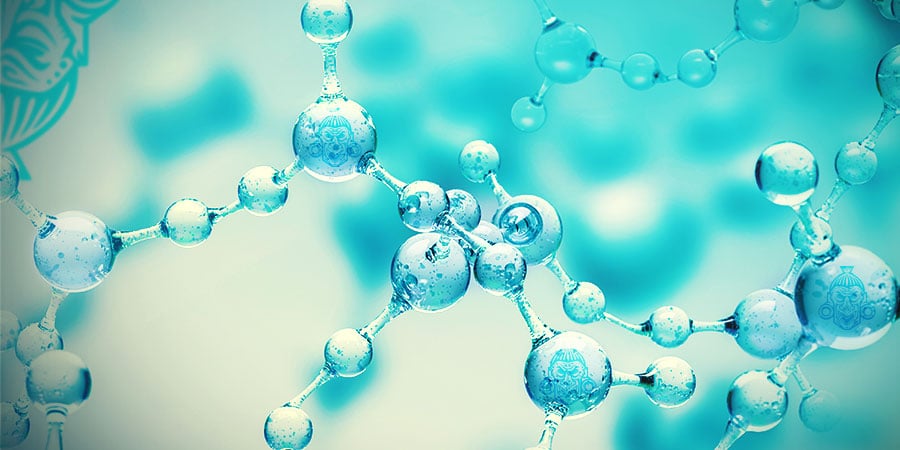
Indeed, Voacanga africana naturally contains a few interesting compounds. It has captured the attention of the most enterprising psychonauts for the various alkaloids it holds in different concentrations in its roots, bark, leaves, and seeds.
The alkaloids present in Voacanga africana include:
- voacamine (7.2%)
- voacangine (5.6%)
- voacristine (4.0%)
- voacorine (3.7%)
- vobtusin (0.4%)
- tabersonine (3.5%)
- ibogaine (0.4%)
- vobasine (1.6%)
In particular, voacamine is a powerful cardiotonic stimulant while voacangine is a well-known psychoactive agent. The chemical structures of both alkaloids resemble another intriguing substance present in the plant: ibogaine. Although its action is not yet fully understood, ibogaine is thought to be effective in modulating neuronal excitability and synaptic transmission, and in acting as a natural stimulant against fatigue. In large doses, ibogaine is a powerful psychedelic that gives rise to a dream-like and introspective experience.
Of the overall alkaloid mix, 5–10% is contained in the root bark (the so-called root epidermis), 4–5% is contained in the bark of the trunk, 1.5% is in the seeds, and 0.30–0.45% is in the leaves.
HOW TO GROW VOACANGA AFRICANA FROM SEEDS
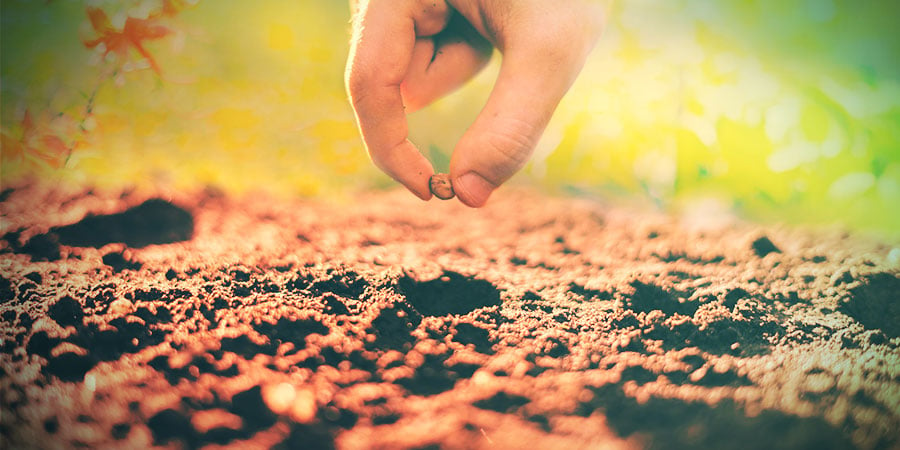
Aside from grinding your seeds into a powder, they can also be planted to grow your very own Voacanga africana trees! Since it is quite a rare plant in the West, and requires a few precautions to grow healthy and happy, we recommend you carefully follow our easy grow guide below:
-
First thing's first: Obviously, you must purchase your own Voacanga africana seeds. Since almost all seeds will be dormant, you must be sure to "wake them up" asap to start the germination process.
-
Start by cleaning them of any organic residue. Then, put them in a strainer or sieve and run a good stream of cool water over them to remove any residual dust.
-
Once dry, you’ll want to use a mild acid (like vinegar or a lemon juice solution) to help the seeds break their shells and stimulate germination. Immersing the seeds for 10–15 minutes will do what the digestive systems of animals do in nature.
-
After time has elapsed, put the seeds under running water again. As a precaution against mould, soak the seeds in 3% hydrogen peroxide for another 20 minutes. There is no need to wash them again under water after this. Put your seeds in a container and place a lid on top, allowing for some air exchange.
-
The best choice is a transparent container that lets you monitor germination without removing the lid. It will take at least a month before you see any seedling coming out.
-
If mould starts forming while you wait, pour some hydrogen peroxide into the container, sanitise both the seeds and container itself with a good shake, then pour out the excess liquid. Repeat if signs of mould reappear.
-
Since the germination of Voacanga africana seeds is quite erratic, after the first seedling sprouts, continue monitoring the remaining seeds closely. They could germinate over the following one or two months.
-
Once the seeds have germinated, you can remove the mature seedlings. These are the ones with a root about 0.65–0.85cm long. Plant them in a moist, rich soil mixture, and space them at least 5cm apart. Keep the soil moist, but never waterlogged, and the container only partially exposed to sunlight.
-
Only when the seedlings have had the chance to mature, about 3–4 months, can you transplant each into a separate container and expose them to full sunlight. You must always try to maintain high humidity in the soil and a warm temperature in your growing environment. Also, make sure to protect your plants from frost for at least the first three years. Only this way will you ensure the healthy growth of your Voacanga africana plants.
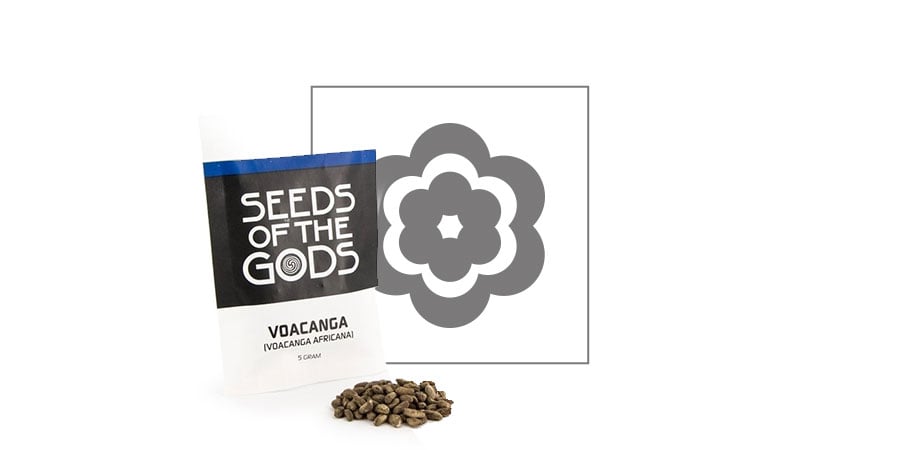
We hope this article helped shed some light on this fascinating yet still mysterious plant. Surely more research is needed to fully unveil its properties and applications, but if you are looking for something totally different and new to enhance your psychedelic experience, Voacanga africana is the plant to try!

You might also like
-
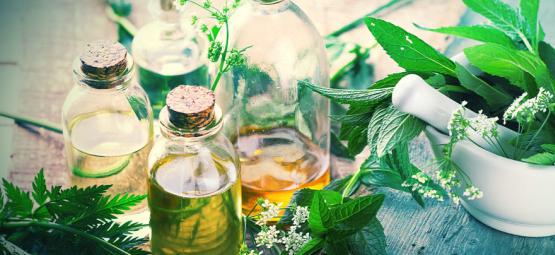
 4 min
September 4, 2020
How To Make Your Own Herbal Tinctures At Home
Tinctures are alcohol extractions that are very easy to prepare and even easier to use! There is no real limit on what herbs you can use to make tinctures. Read on to find out which ones come highly r ...
4 min
September 4, 2020
How To Make Your Own Herbal Tinctures At Home
Tinctures are alcohol extractions that are very easy to prepare and even easier to use! There is no real limit on what herbs you can use to make tinctures. Read on to find out which ones come highly r ...
-
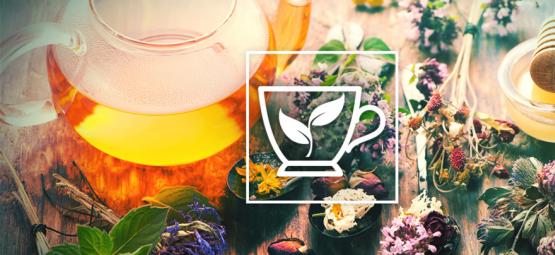
 5 min
April 30, 2020
10 Best Herbs To Brew A Tea With
At least since the ancient Egyptians, herbs have been brewed into tea. Teas can be used as stimulants and sedatives or even as aphrodisiacs. Use vaping herbs to make teas that can be beneficial in sev ...
5 min
April 30, 2020
10 Best Herbs To Brew A Tea With
At least since the ancient Egyptians, herbs have been brewed into tea. Teas can be used as stimulants and sedatives or even as aphrodisiacs. Use vaping herbs to make teas that can be beneficial in sev ...
Categories
-
Seed Shop
- Feminized Seeds
- Autoflower Seeds
- Regular Cannabis Seeds
- F1 Hybrids
- Zamnesia Seeds
- Top 10 Autoflower Seeds USA
- Top 10 Feminized Seeds USA
- Top 10 CBD Seeds USA
- Top 10 Zamnesia Seeds
- Beginner Strains
- Below 1% THC
- Classic Cannabis Strains
- Cup Winners
- F1 Hybrids
- Fast-Flowering Strains
- High THC Seeds
- Mix Packs
- Zamnesia Exclusive Collabs
- Amnesia Seeds
- Blueberry Seeds
- Cheese Seeds
- Diesel Seeds
- Gorilla Seeds
- Haze Seeds
- Kush Seeds
- Purple Seeds
- Skunk Seeds
- White Widow Seeds
-
THCa Shop
-
Kratom Shop
-
Smoke Shop
-
Smartshop
-
Shroom Shop
-
Growshop
Account
Information
Our Offers
Our website won't work without these cookies activated. Therefore functional cookies can't be disabled.



















